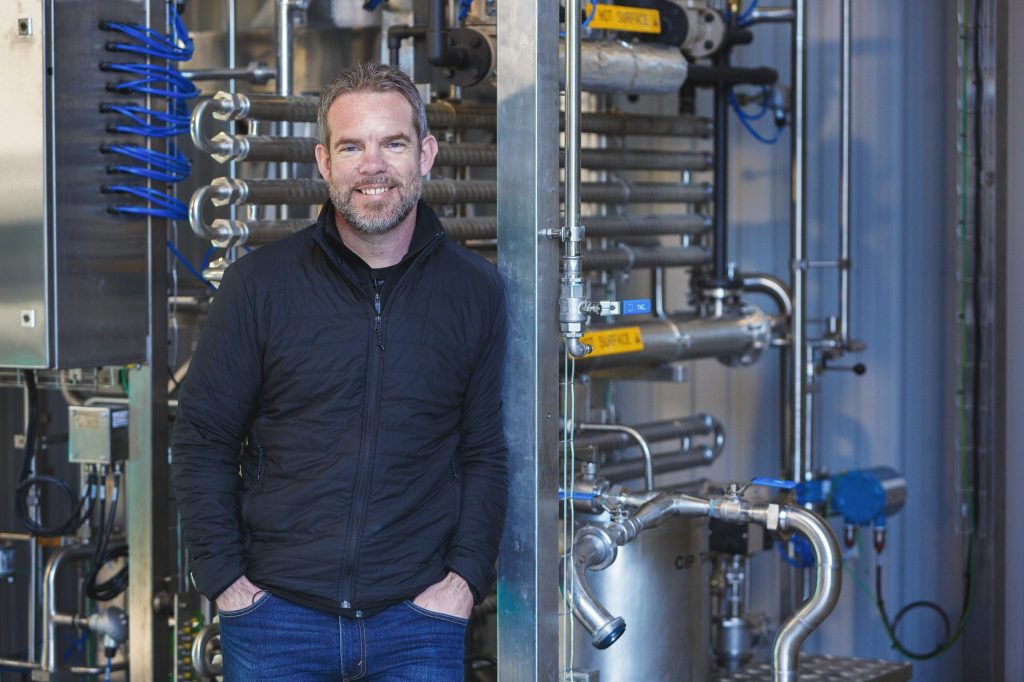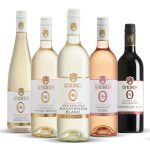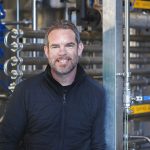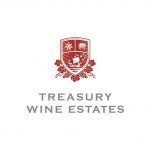Image: Giesen Group chief winemaker Duncan Shouler.
Leading New Zealand wine company Giesen Group is taking the non-alcohol wine category seriously, investing over a million dollars in its own specialised spinning cone technology to further refine its Giesen 0% wine range.
This investment signals continued improvements in the quality of the current 0% Sauvignon Blanc, as well as new Pinot Gris and rosé blends set for release in Australia this September.
The significant investment is in response to the growing demand for the category, with research showing that Australians have a higher intent to purchase low and no alcohol products compared to the UK, US and Canada.
Younger consumers are also more likely to purchase a non-alcoholic wine with three out of 10 consumers aged between 18 to 34 basing their purchase on health and wellbeing*.
Despite the growing market, the main barrier for consumers considering lower alcohol wines is the perception they are ‘not really wine’ – a belief held by around a third of the wine-drinking population*.
As a pioneer in the sector – having launched the world’s first alcohol-removed New Zealand Sauvignon Blanc, Giesen 0%, in February 2020 – Giesen are committed to educating consumers and debunking some of the myths surrounding the burgeoning non-alcoholic wine category.
Giesen Group chief winemaker Duncan Shouler said, “To ensure we create the best 0% wines in market, we go through the entire winemaking process just as we would for a full-strength wine – from growing grapes for a year in the vineyard, to picking and processing the wine in the winery”.
“So to say that it is ‘not really wine’ is untrue in every sense.
“To make 0% we include the additional process of putting our full-strength wine through spinning cone distillation to gently remove the alcohol component.
“Making 0% alcohol is actually more expensive to produce compared to its full-strength counterpart and it is our absolute goal to produce 0% wines that actually taste like wine and not like grape juice, and with as few calories as possible.”
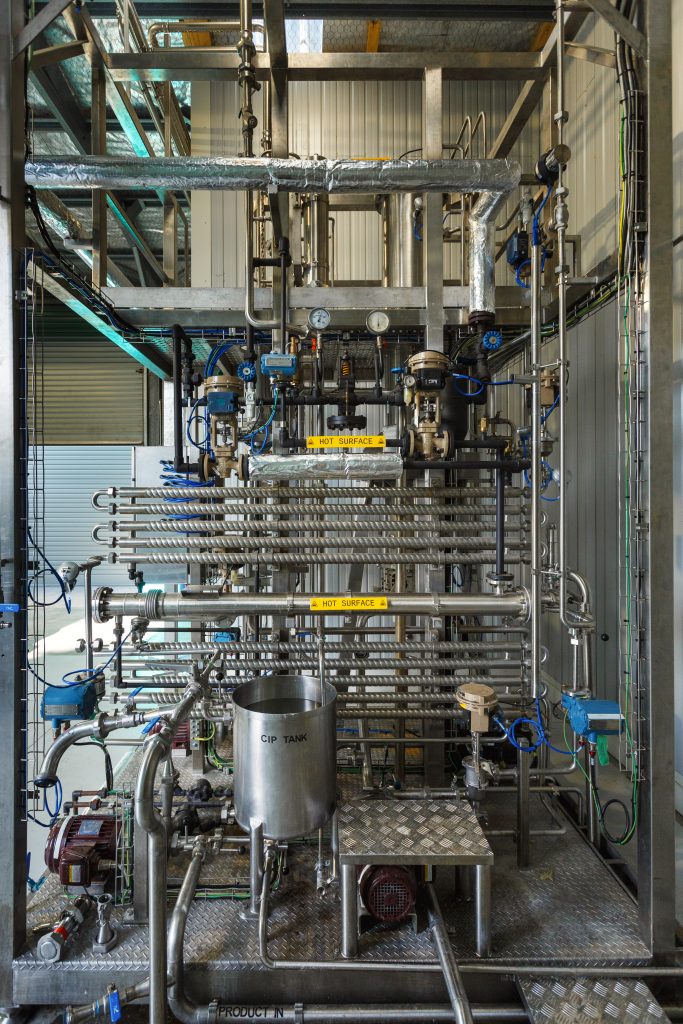
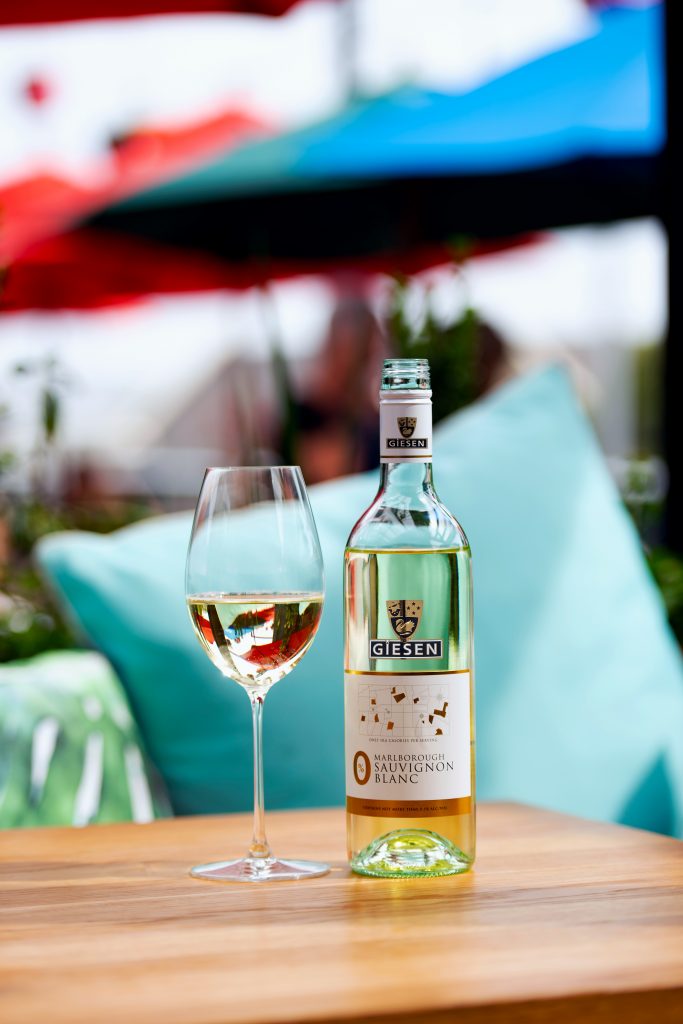
When Giesen launched its 0% Sauvignon Blanc** last year, its sell-out releases in Australia and New Zealand showed consumer interest in this category was worth pursuing.
The Group also launched Ara Zero Marlborough Sauvignon Blanc in September 2020, which is sold via independent retailers and on premise. Investment in its own spinning cone based in the winery will not only ensure a more plentiful supply across both brands, but will further improve on taste, quality and innovation, according to Shouler.
“Having our own spinning cone allows us to increase production levels and really help drive quality. Firstly, we can be experimental and continually improve our 0% alcohol wine offerings, to meet consumer taste profiles,” said Shouler.
“I would say that now we are seeing better and better alcohol-removed wines every time we produce them.
“Another key element to our 0% alcohol wines is ensuring they’re made fresh, blended fresh and bottled fresh. Having our own unit means we can operate on a very tight timeline, which lets us capture aroma in the bottle and produce wines with more varietal character.”
Wine Intelligence reports that there is a growing movement towards moderation – particularly among younger consumers.
This has created a market need for healthier options, more control, fewer calories, and a product that still tastes good.
The Wine Intelligence research also suggests that Australian wine consumers are seeking out these non-alcoholic wine options for heath purposes but also for occasions where they are driving, or want less calories in their beverage choice.
Shouler maintains that education and awareness is the key to success in this sector, by addressing some of the common questions and preconceptions that wine drinkers have towards non-alcoholic wine. These include:
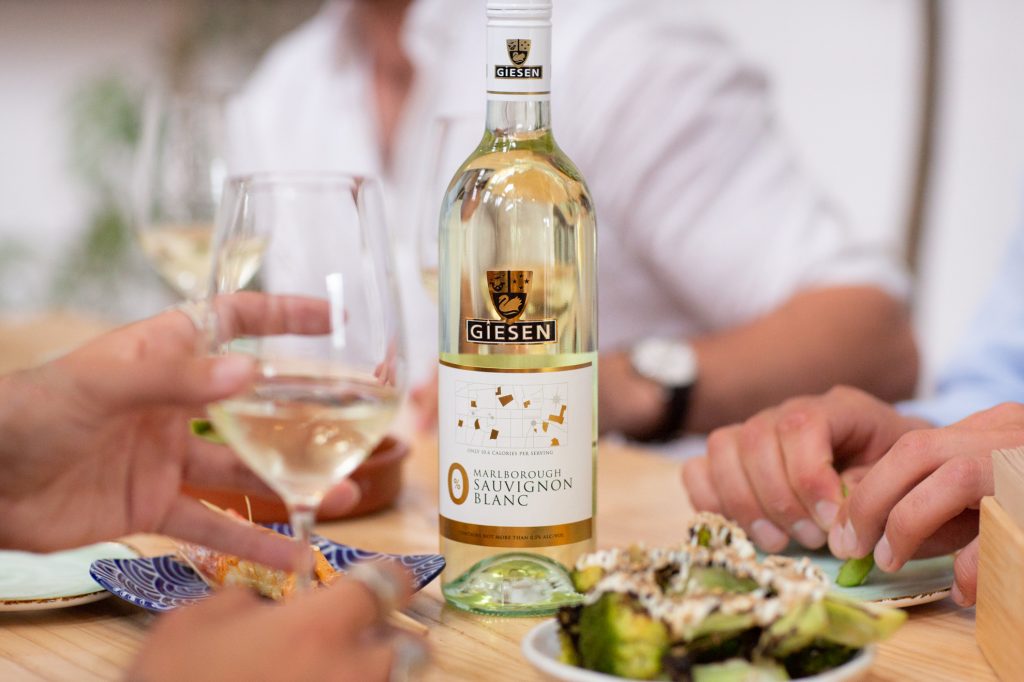
Does sugar replace the alcohol?
“We don’t replace alcohol with sugar. Alcohol does add a sweetness and body to any wine, as alcohol is inherently sweet in nature and has weight on the palate. When you remove it you do need to find ways to retain body and fullness without alcohol. Many 0% alcohol wines are relatively sweet (around 40-60g/l sugar), however we were adamant about producing Giesen 0% with lower sugar, and in the style of classic New Zealand Sauvignon Blanc. Without the higher levels of sugar, we need to ensure the wine acidity is in balance, so we use natural yeast proteins to add further mouthfeel and body to the wine.”
How many calories/kilojoules are in a standard glass of Giesen 0%?
“Just 16 calories per 125ml glass (or 13 calories per 100ml glass) – 80% fewer calories than a full strength 12.5% alcohol wine.”
Why is no or low alcoholic wine the same price as alcoholic wine?
“Making 0% alcohol is actually more expensive to produce compared to its full-strength counterpart. To produce 0% wines that taste like wine and not like grape juice, we go through the same winemaking process as full-strength wine and then add the spinning cone distillation process to remove the alcohol. This technology is expensive but necessary to create a quality end product.”
Why would a wine brand launch a non-alcoholic wine offering?
“The birth of 0% came about from a company fitness challenge which included cutting out alcohol for a month, giving the winemaking team motivation to pursue 0% wine. Our consumers are wanting choice to add to their wine repertoire, and with 40 years’ experience making great wine we recognise we’re in a fantastic position to offer the next evolution for a particular segment of the market.”
Who is buying it?
“What we’re seeing is that the 0% drinker is the wider wine-drinking consumer – they are still drinking full-strength wine but are wanting a 0% option for particular occasions.”
How do they make it non-alcoholic?
“The innovative spinning cone technology (also popular in perfume-making) gently distils the wine into three layers: aroma, alcohol, and body. Once we’ve carefully collected the delicate aroma, we recombine it with the body of the wine and conduct vigorous taste-testing to ensure the final product has great mouth-feel and flavour. It’s trickier than it sounds, but our winemakers have done the hard yards to make sure that drinking it will be easy.”
The resulting product is legally classified as alcohol free as it contains not more than 0.5% alcohol/volume – about the same levels that naturally occur in fruit juice.
Are you a Daily Wine News subscriber? If not, click here to join our mailing list. It’s free!
